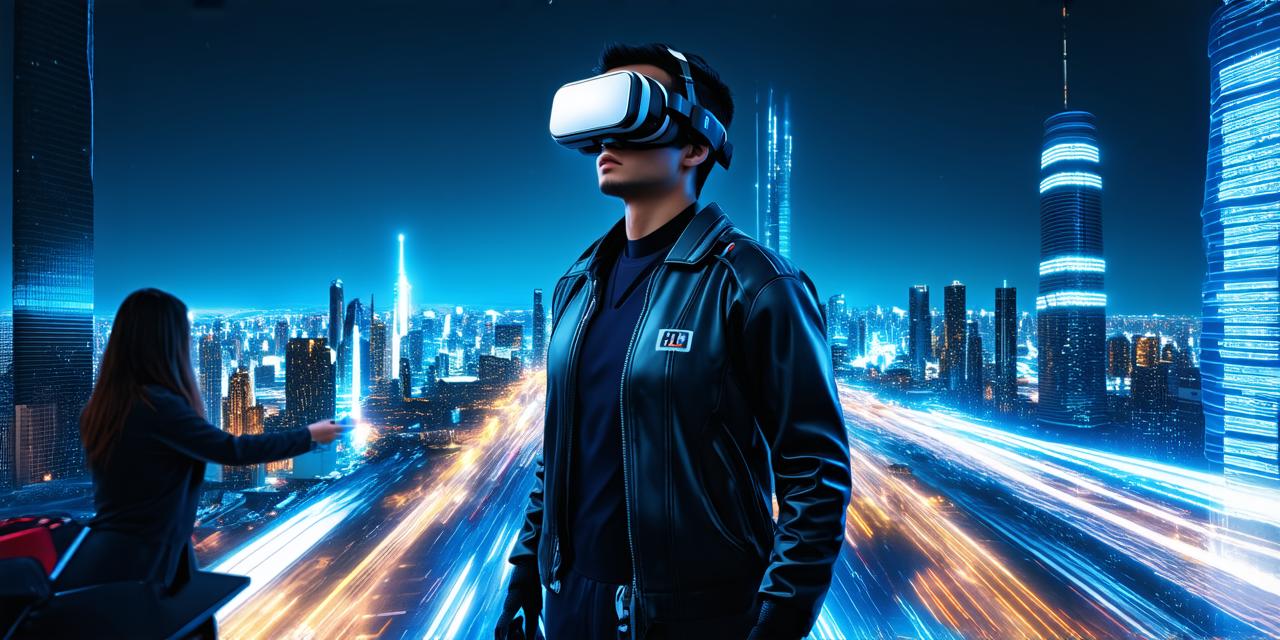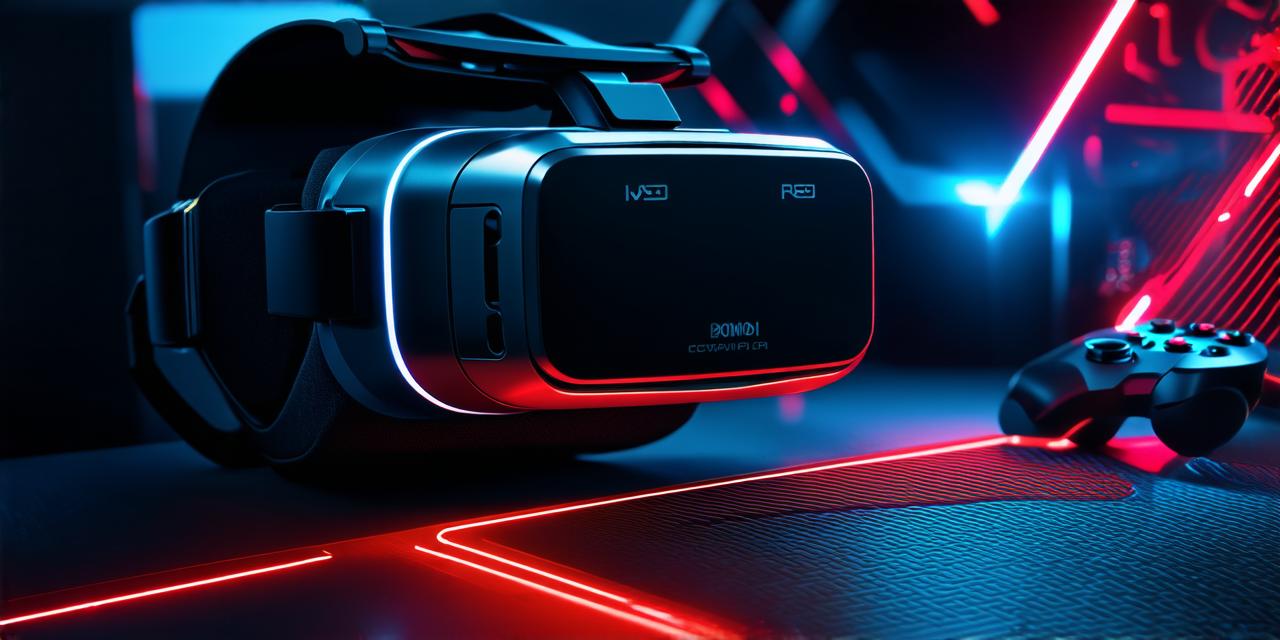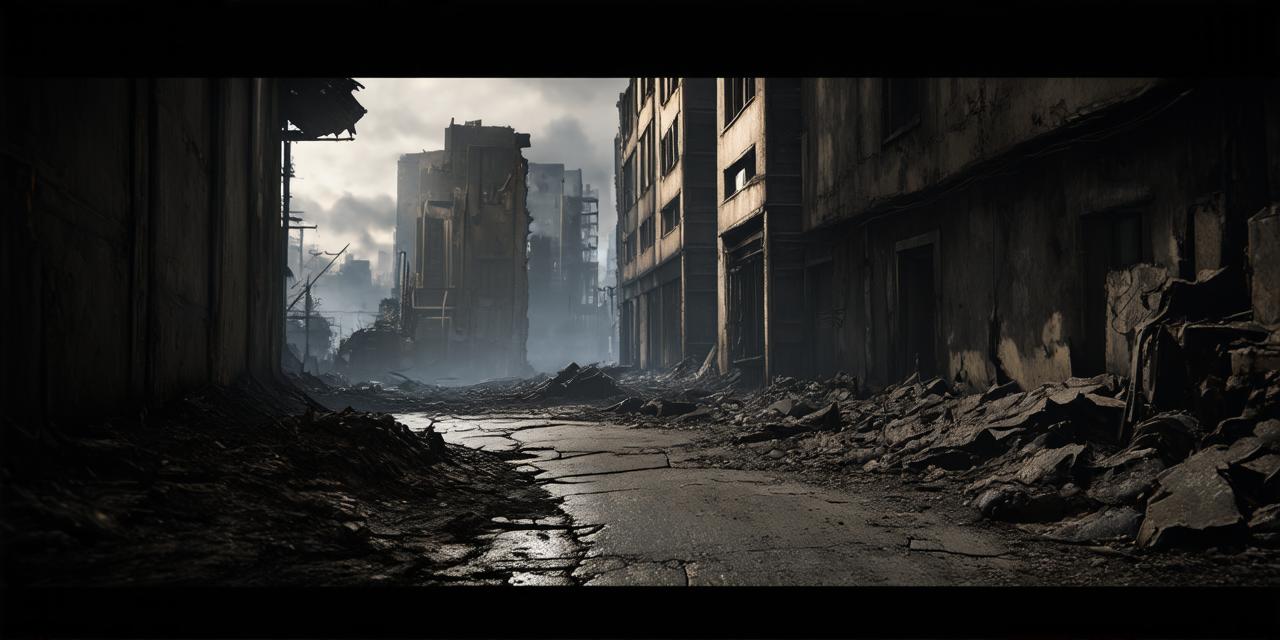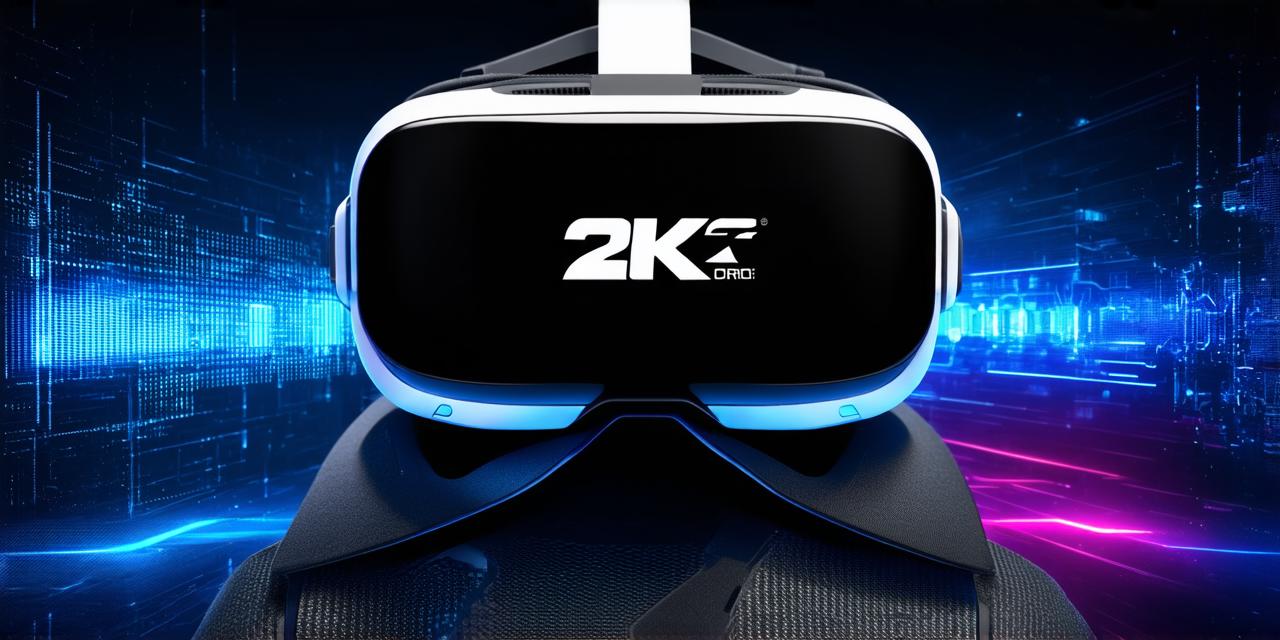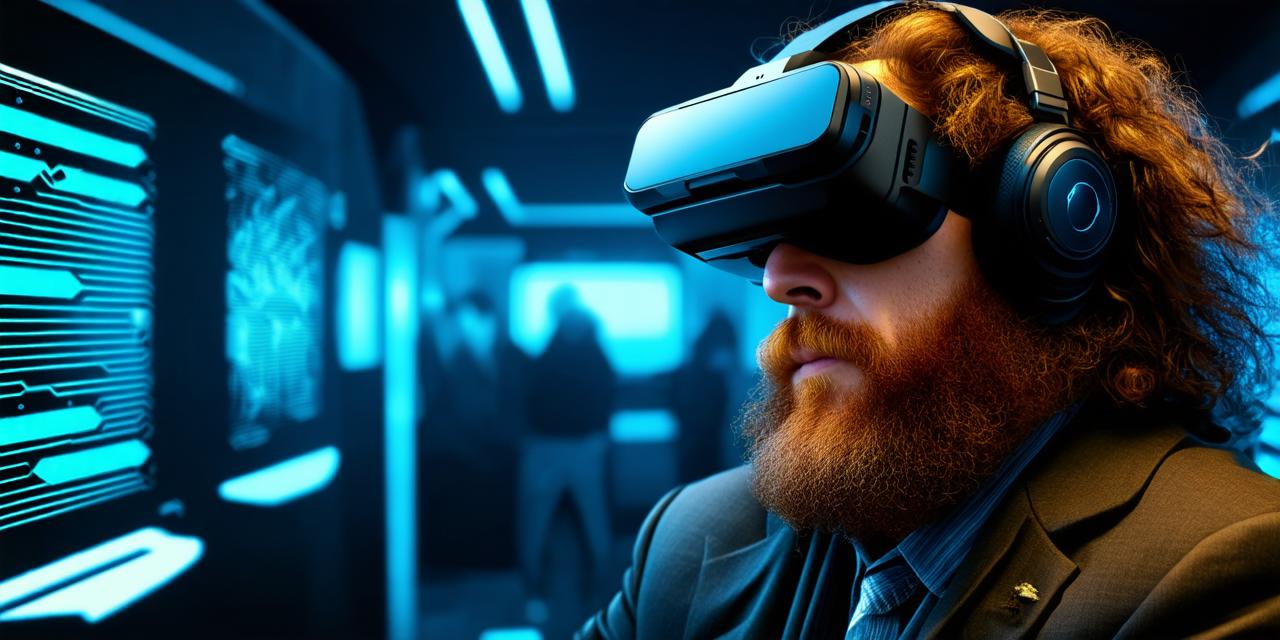Virtual reality (VR) is an emerging technology that has gained significant attention in recent years. It’s a computer-generated simulation of a 3D environment that can be interacted with using specialized devices such as VR headsets, gloves, and controllers.
Understanding the Basics of Virtual Reality
Virtual reality technology involves creating a simulated environment that can be experienced in real-time by the user. The VR headset displays stereoscopic images, which mimic the way our eyes perceive depth in the real world. The headset also has sensors that track the user’s movement, enabling them to interact with the virtual environment in a realistic manner.
Virtual reality can be used for various applications such as gaming, education, training, and entertainment. For example, gamers can experience immersive games in a virtual environment, while architects and engineers can use VR to visualize and test their designs before building them in the real world.
What Sets Virtual Reality Apart from Augmented Reality?
Augmented reality (AR) is a technology that overlays digital information on the real world. It’s different from virtual reality in that it enhances the user’s experience of the real world, rather than replacing it with a simulated environment.
One of the main differences between VR and AR is the level of immersion. VR provides a fully immersive experience, while AR only overlays digital information on top of the real world. This means that in VR, the user is completely disconnected from their physical surroundings, while in AR, they can still see and interact with the real world around them.
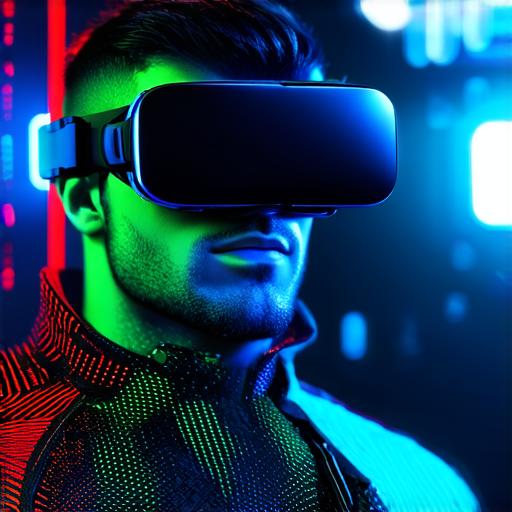
Another difference is the level of interaction. In VR, the user can interact with the virtual environment using hand gestures, voice commands, or specialized controllers. In AR, however, the user typically interacts with the digital information by using their smartphone or tablet to scan a QR code or by placing an AR marker in the real world.
Real-Life Examples of Virtual Reality and Augmented Reality
There are many examples of virtual reality and augmented reality technology in use today. Here are some real-life examples:
Virtual Reality:
- Gaming – One of the most popular uses for VR is gaming. Games like Beat Saber, Half-Life: Alyx, and Job Simulator have become incredibly popular among gamers who enjoy the fully immersive experience that VR provides.
- Training – VR technology is increasingly being used to train professionals in various fields such as medicine, aviation, and military. For example, surgeons can practice complex procedures in a virtual environment before performing them on real patients, while pilots can simulate flight scenarios to improve their skills.
- Entertainment – Virtual reality can be used for various forms of entertainment such as immersive movies, live events, and theme parks. For example, the VR experience at The Void allows users to enter a virtual world and interact with characters from popular movies like Star Wars and Alien.
Augmented Reality:
- Social Media – Many social media platforms have integrated AR features, allowing users to add digital elements to their photos and videos. For example, Snapchat’s filters and lenses allow users to add animations and effects to their photos and videos.
- Retail – AR technology is being used in retail to enhance the shopping experience for customers. For example, IKEA’s AR app allows customers to visualize how furniture would look in their home before making a purchase.
- Education – AR technology can be used to enhance the learning experience for students. For example, the AR app Aurasma allows users to see additional information about historical landmarks when they use their smartphone or tablet’s camera.
